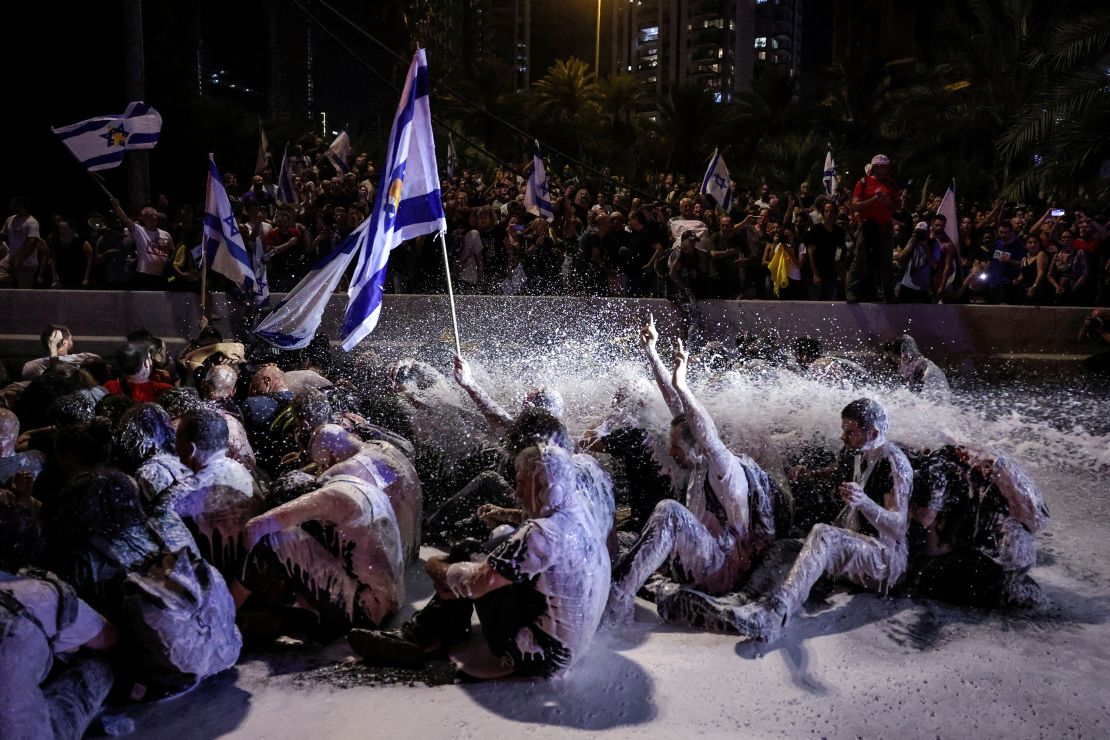- Six hostages held by Hamas in Gaza were found dead in an underground tunnel, sparking widespread protests across Israel (apnews.com).
- Protesters accuse Prime Minister Benjamin Netanyahu of not doing enough to secure a ceasefire deal to save the hostages (nytimes.com).
- The protests are some of the largest since the war began, with demonstrators blocking highways and clashing with police (bbc.com).
- Israel’s largest labor union called for a nationwide strike, pressuring the government to reach a hostage deal (foxnews.com).
- The deaths of the hostages have intensified negotiations for a ceasefire, with international pressure on Israel to secure the release of the remaining captives (cnn.com).
Protests have erupted across Israel, with many citizens expressing frustration and anger at Prime Minister Netanyahu's handling of the hostage situation. The discovery of six dead hostages in Gaza has intensified public dissatisfaction, as protesters accuse Netanyahu of not doing enough to secure a ceasefire that could have saved lives. These demonstrations, among the largest since the war began, reflect a growing demand for immediate action to bring the remaining hostages home.
The Israeli government, led by Prime Minister Netanyahu, faces increasing pressure both domestically and internationally to negotiate a ceasefire with Hamas. Senior military officials acknowledge that a deal is the most viable option to ensure the safe return of the remaining hostages. However, internal divisions within the government, particularly over the terms of the negotiations, have stalled progress, leading to heightened tensions and public outcry.
The international community, including the United States, has been actively involved in trying to mediate a ceasefire between Israel and Hamas. The recent killings of hostages have added urgency to these efforts, with U.S. officials working around the clock to secure a deal. Despite these efforts, frustrations are mounting over the perceived reluctance of Netanyahu's government to make necessary concessions, complicating the already tense diplomatic landscape.
Details
Security
Bias
Deltas
Negative
Sentiment
Neutral
Sentiment
Positive
Sentiment


